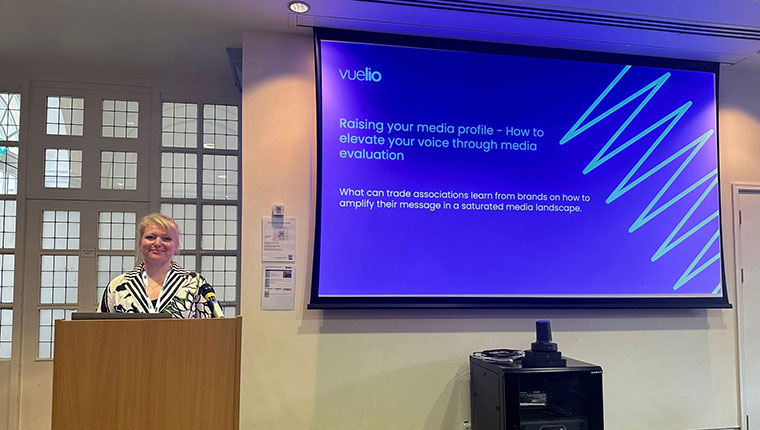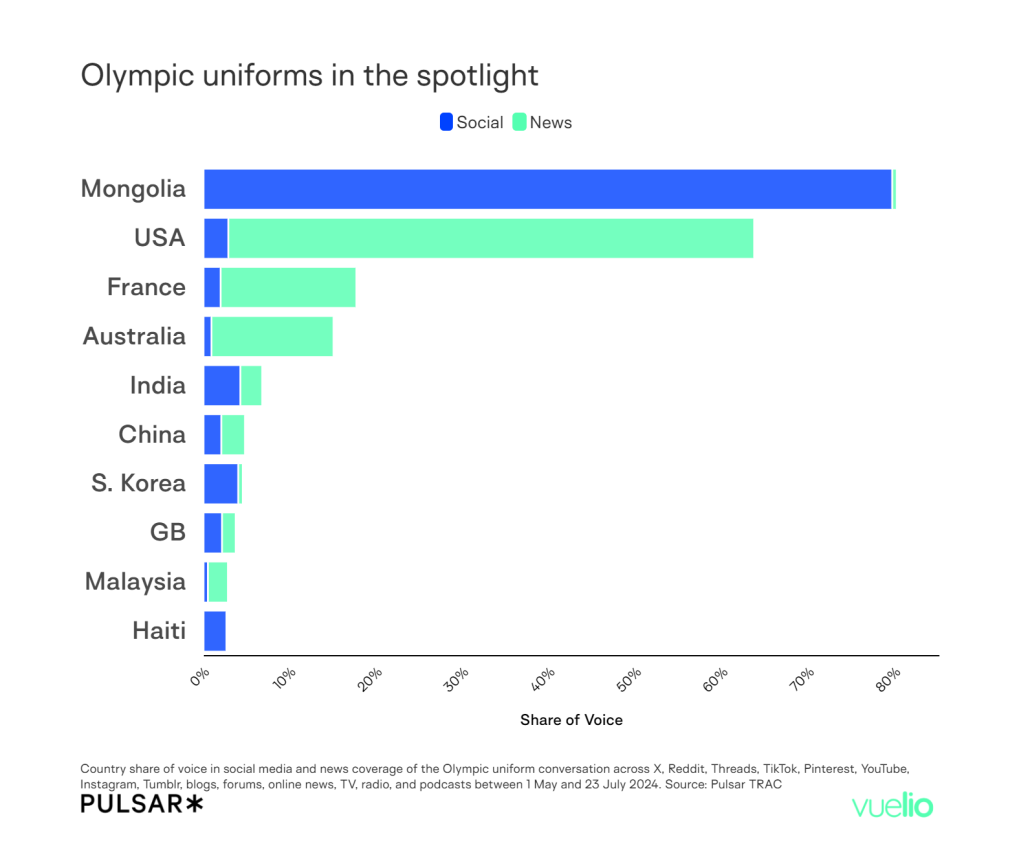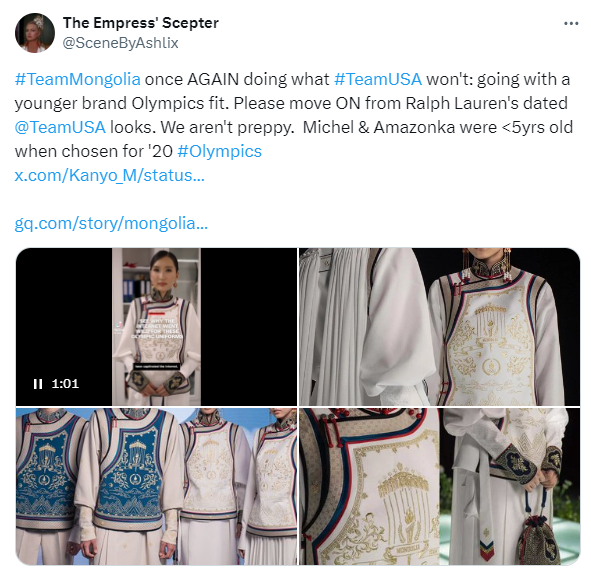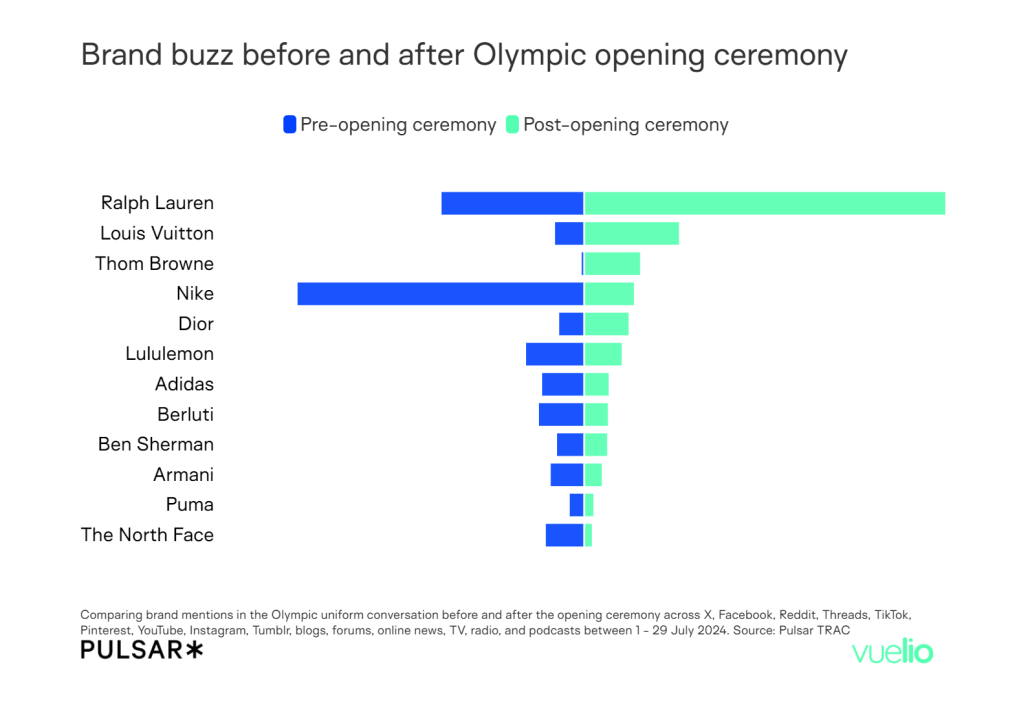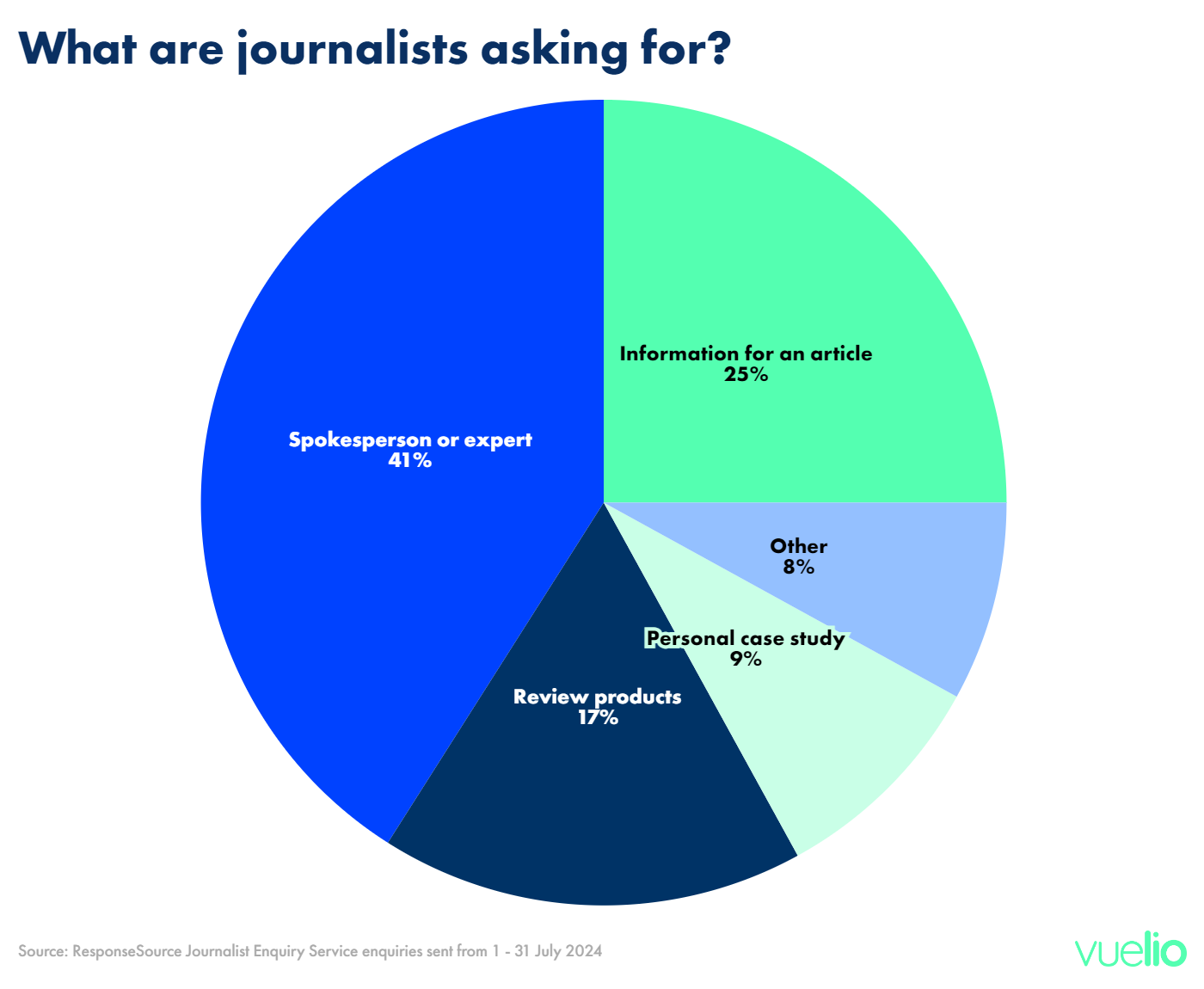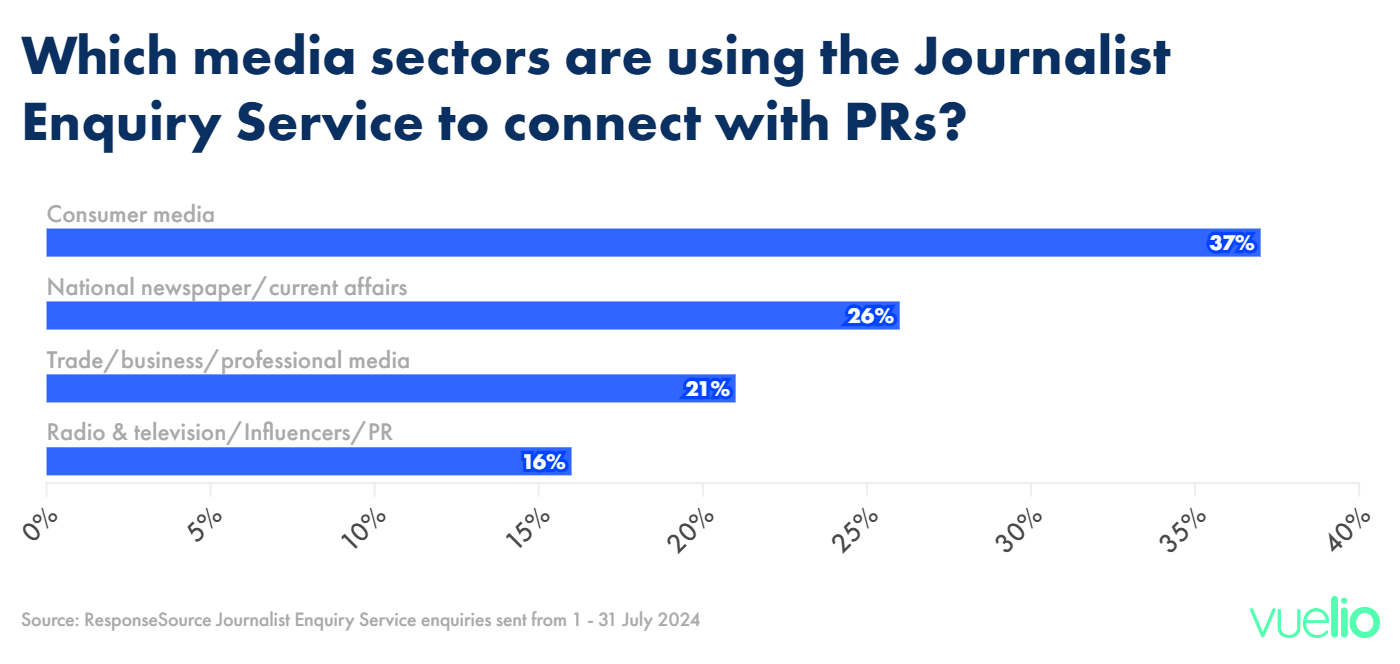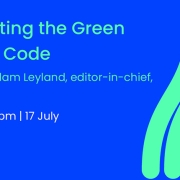Learnings and observations from Labour Conference fringes: The curriculum, preventative health care, and higher education
Written by Michael Kane and Helen Stott on the Vuelio Political Team, reporting from 2024’s UK Party Conferences.
While the attention of the political media may have been on the movements within the main conference hall during the Labour Party Conference – with senior members of the Cabinet and the Prime Minister all giving significant speeches and numerous key motions passing through – the Vuelio Political Team was focused primarily on key fringe events.
While often derided as expensive for the organisers and ineffectual in terms of outcomes, such a narrow view misrepresents their value in the policy development process. After all, now Minister for School Standards, Catherine McKinnell, started the formation of Labour’s policy on Ofsted last year when she condemned their inspection system for being both ‘ineffective’ and ‘dreaded’ in a fringe event last year. This preceded Labour’s proposed ban of single word judgments in their manifesto, and this was confirmed by the Department for Education earlier this month.
With that in mind, what fringe events this year proved particularly intriguing in terms of policy?
‘Speaking up for opportunity’ by the Oracy Commission
Geoff Barton, Chair of the Oracy Commission, noted in his remarks that this Labour conference marks nearly 50 years on from the Bullock Report, which considered the teaching of English in schools. However, its recommendations were largely sidelined as the Thatcher Government chose to focus its curriculum on employability. Preceding this conversation around oracy, we have seen numerous different national curriculums in England with revisions coming in 1989, 1995, 2000, and 2014. This comes at a crossroads for schools following Labour’s announcement of a curriculum review, which recently opened a call to evidence. Debates surrounding the curriculum usually come within the perceived dichotomy between more creative and arts-based subjects against more empirically positivist STEM subjects.
In this fringe, the panellists avoided this binary perspective and instead recognised the role that oracy can play in all aspects of a young person’s education. Oli De Botton of The Careers and Enterprise Trust recognised the importance of oracy skills in helping young people in the transition secondary school, further education, higher education or employment – importantly, it is at these transition points that inequality in the education system may be cemented. Speaking to this point, Dr Nicky Platt, Deputy Director of the Education Development Trust, recognised the role oracy can play in reducing the ‘word gap’. In that sense, oracy can play a vital role in reducing the widening attainment gap across income and regional variables in England – that gap has been exemplified by the National Audit Office’s report in July.
Labour have committed to a ‘rich and broad’ curriculum, as per Education Secretary’s Bridget Phillipson’s speech to the Labour conference – however, the specific role oracy will play is yet to be determined.
‘Prevention-led public services: Can the government make its rhetoric a reality?’ by Institute for Government and The Health Foundation
This was yet another fringe event dedicated to the issue of moving to a preventative healthcare model and shifting resources away from primary and community care. There has been a growing consensus among politicians for almost 30 years that this is the right direction of travel – and yet the vision has failed to materialise. Over the past decade, population health has steadily declined, at the same time that hospitals and the acute sector are swallowing up a growing proportion of the NHS budget – leaving vital parts of the health service, like general practice and community services, woefully under resourced. Labour have made it clear that they will not be willing to let the spending taps flow freely, and that improvements to the health service will have to come from reform. The Department for Health is hoping that shifting resources to early intervention will ease pressure on hospitals in the long run and get the NHS back on its feet without spending significantly more money – but will this gamble pay off?
Dr Jennifer Dixon from the Health Foundation made the case for a rewriting of the rules regarding public spending in order to hardwire the prevention agenda into government. The Treasury can be too reluctant to invest in certain areas unless it can see an immediate return on investment, but preventative measures can often take longer to show their benefits. Similarly, Nick Davies from the Institute for Government argued for a ring fenced prevention budget and a cross-government strategy on prevention. Paul Kissack from the Joseph Rowntree Foundation was perhaps the most interesting contributor; he was somewhat sceptical of the ring fenced prevention budget idea, as he thought any technocratic fiddling would be pointless without wider investment to address the root cause of ill-health – poverty. Davies said uplifting universal credit would be the most effective lever to immediately lift people out of poverty, something JRF have been campaigning on for a few years. While there was enthusiastic agreement among the panellists, including Health Minister Andrew Gwynne, that lifting children out of poverty should be an urgent priority, the elephant in the room – namely, Labour’s refusal to lift the two child benefit cap – was left unaddressed.
‘How can higher education help to break down barriers to opportunity across regions’ by MillionPlus
The role of modern universities in the higher education sector and the economy in general has often been disputed, with the prior Government deriding the increasing number of people going to university and the existence of perceived ‘rip off degrees’. Preceding that, the Blair Government had committed to ensuring that at least 50% of young people attended university. This Labour Government has committed to resetting the relationship with universities and supporting ‘every person who meets the requirements and wants to go to university’ in their manifesto. This rhetorical inconsistency over the last few decades illustrates the challenges that modern universities have faced. With this in mind, this fringe event by MillionPlus looked to position these universities as central to Labour’s commitment to equalising educational opportunity and tackling regional inequalities.
Lord Khan, the Minister for Faith, Communities and Resettlement, who represents the first graduate of a modern university to serve in Government, noted that these universities are vital to addressing regional inequalities through generating regional growth. This point was substantiated by the Chair of MillionPlus, Professor Graham Baldwin, as he detailed that 68% of graduates of these modern universities stay in the local areas. To add to this, Nick Harrison of the Sutton Trust elucidated the positive impact that modern universities have on social mobility in their admissions policies – with three out of the top five of Sutton Trust’s social mobility rankings of universities being modern universities.
The role modern universities play in equalising access to higher education and tackling significant regional inequalities in the UK is clear. This is a vital issue for Labour to tackle given its significance. The ONS’ recent labour market statistics in September 2024 elucidated the regional divergence in England across levels of employment and economic activity and the expanding wealth gap between north-south of England, as shown by the IPPR. However, modern universities’ role in tackling these issues may be constrained given the crisis in higher education funding – an issue Labour has yet to propose a long term solution to.
What now?
Many of the speeches by the key members of the Labour Government at the conference focused on emphasising their central messages in an attempt to not rock the boat. However, these fringes provide a more revealing read into the future challenges the Government faces as they elucidate the myriad of social, economic and political challenges the UK faces. By that notion, they also potentially reveal the next steps the Government may take in substantive policy.
For regular updates on what is happening in UK politics and public affairs, sign up to our weekly Point of Order newsletter, going out every Friday morning.





